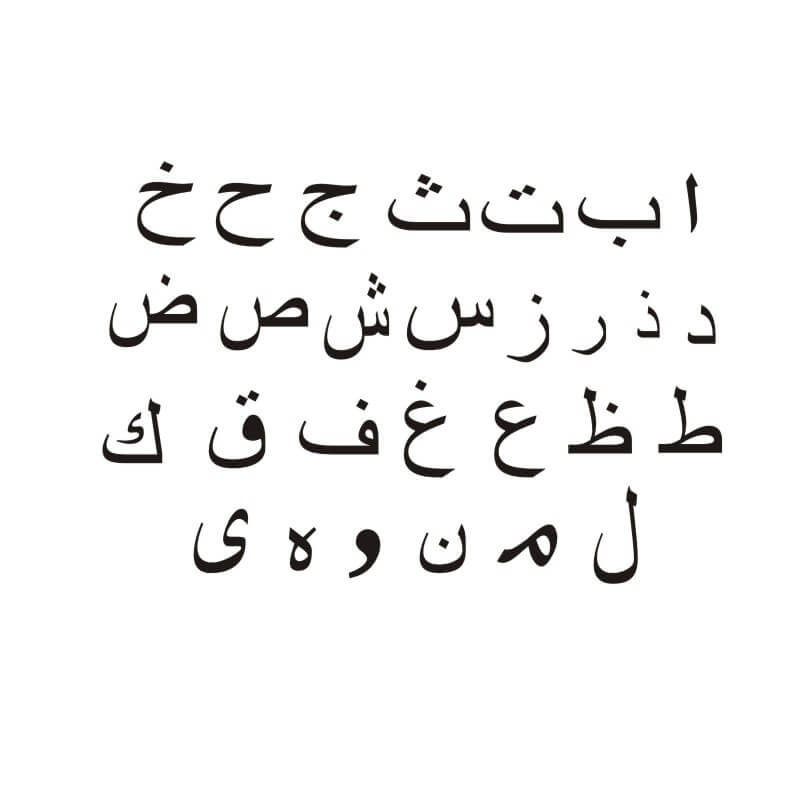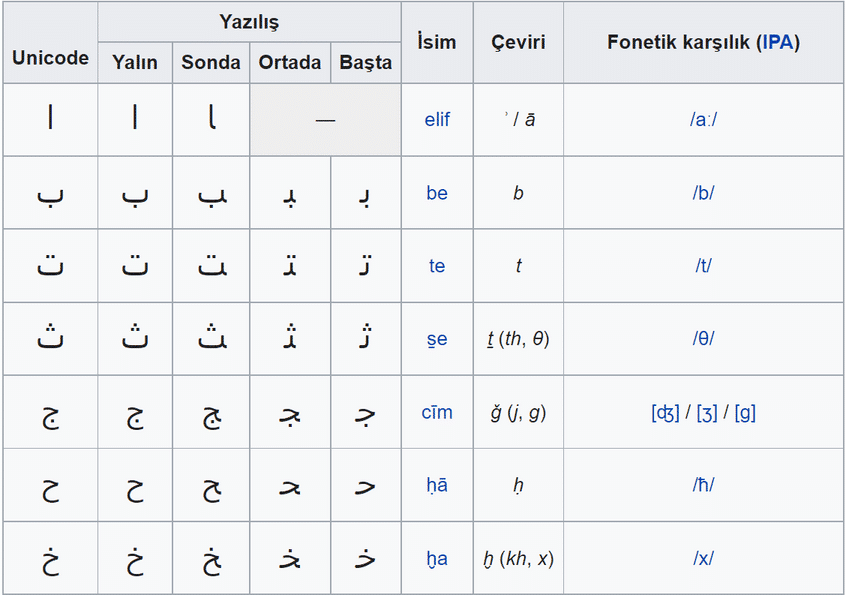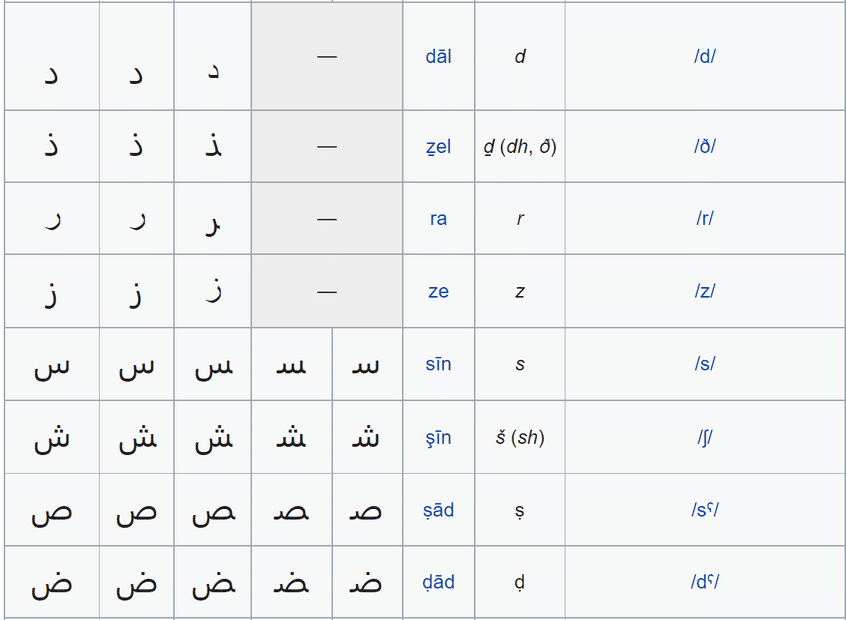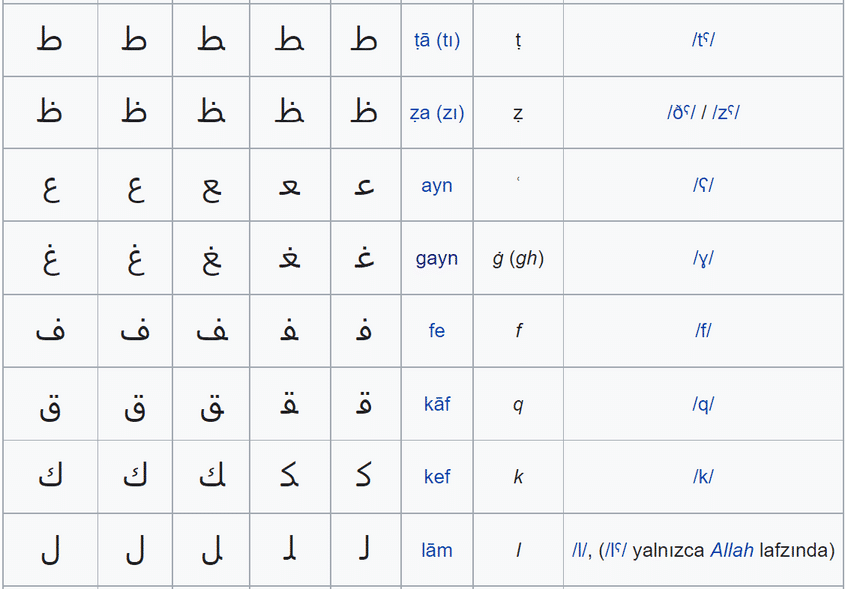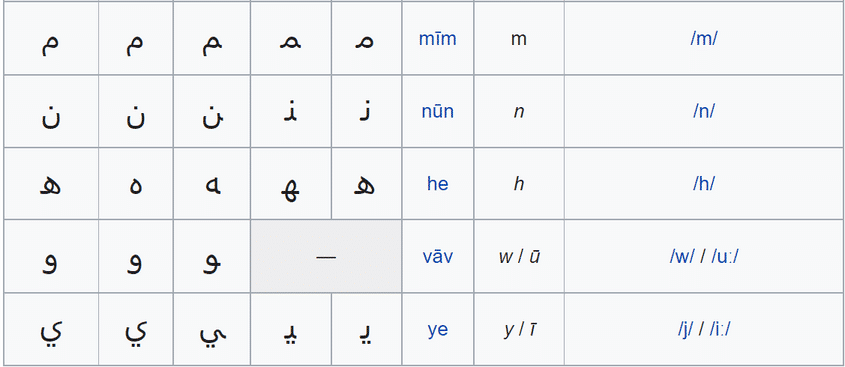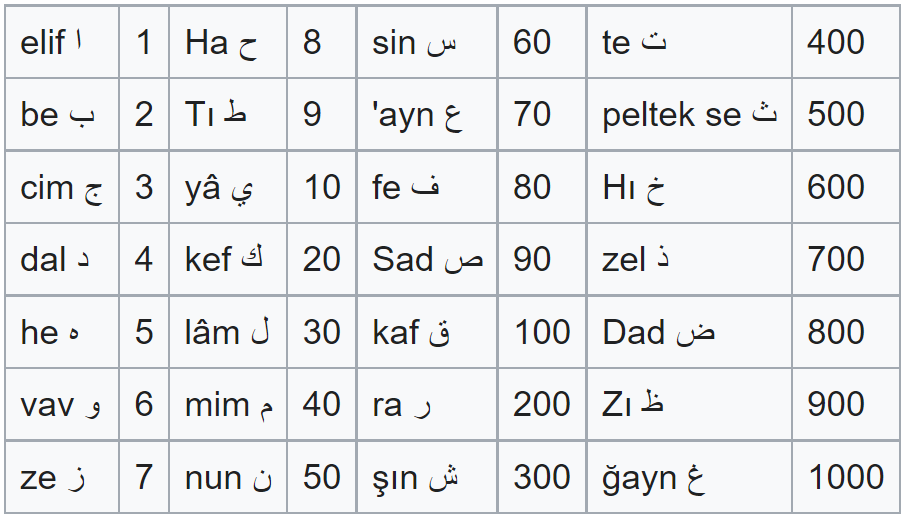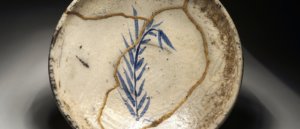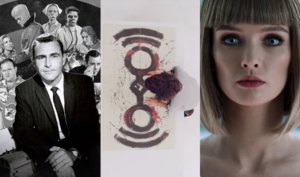The Arabic Alphabet differs from other alphabets with the letters it contains and the pronunciation of the letters. Arabic is a language belonging to the Hami-Semitic language family. 7. started to be used at the end of the century. The Arabic Alphabet, which started to be used in the Middle East, spreads over a wide area and is the 2nd most used in the world. is the alphabet. Arabic is spoken in 60 countries in total, as well as Arab countries. It is also the 5th most used language in the ranking. is ranked.
When we look at the roots of the Arabic Alphabet 2. century to the 4th. We can see that it is derived from the Phoenician Alphabet, which reigned between the 19th century. It is written from right to left instead of the left-to-right spelling that we are used to from the Latin Alphabet. The Arabic Alphabet consists of 28 letters in total.
The Arabic Alphabet, which started to be used in much wider lands with the spread of Islam, consists of 28 letters in total. There are 17 main shapes in the alphabet, which is shaped by dots placed above and below the shapes. Almost all letters are consonants. There are 3 vowels in total. Thanks to the movements, it becomes clear how to read the letters.
Pill Information About the Arabic Alphabet
1) The Arabic Alphabet consists of 28 letters.
2) There is no distinction between upper and lower case letters.
3) There are no rules suitable for punctuation in my writing.
4) Some letters cannot be combined with the letters that come at the end.
5) The letters “o” and “ö” are absent in the Arabic Alphabet.
6) The way the letters are written at the beginning, middle and end of the word changes.
Spelling and Pronunciation of Letters
The letters ا , د , ذ , ر , ز cannot be added from the left. Therefore, they do not undergo any change in the words used in the beginning and middle. Except for these letters, the use of all other letters at the beginning, middle and end of the word is as in the image.
Writing Numbers
The spelling of numbers in the Arabic Alphabet is also different. This writing system is based on the ancient Indian numeral system. This usage began to spread after it was used in the book Kitâbü’l-Ḥisâbi’l-Hindî by the mathematician Hârizmî, who is one of the important names in history. In geographies where the Arabic Alphabet is used, these notations are used for numbers.
Ebcet System
The basis of this system in religious texts is Hz. It dates back to the time of Adam. At the same time, the word abjad is derived from the pronunciation of the first four letters that existed in the old order of the Arabic Alphabet. With the Abced system, the numerical values of words and sentences are calculated. Meaning is derived from these numerical values. It is also known as an encryption method used to find a kind of hidden meaning. It is also said that the abced system is based on Egyptian hieroglyphs. The first widespread use of the system is the Phoenician abjad.
Arabic Alphabet and Abjad System
The letters “pe, çim, je ve gaf” and the numbers “be, cim, ze and kef”, which are used in Persian but do not exist in Arabic, have equal values.
Abced is also used in daily life. For example, the person who wants to take his debt uses the abjad system to request his debt from the person who has borrowed from him. If the person who will receive 100 akce writes the letter kaf on a piece of paper and sends it to the borrower, “I want my debt back.” It means.
The ebced system is also encountered in the books written in ancient times. The preface, introduction and introduction pages were numbered according to the abjad system. In ancient astronomy books, large numbers were defined by writing the letter “ghayn” several times. Architect Sinan also used the abced system to write down the dimensions while making his works.

